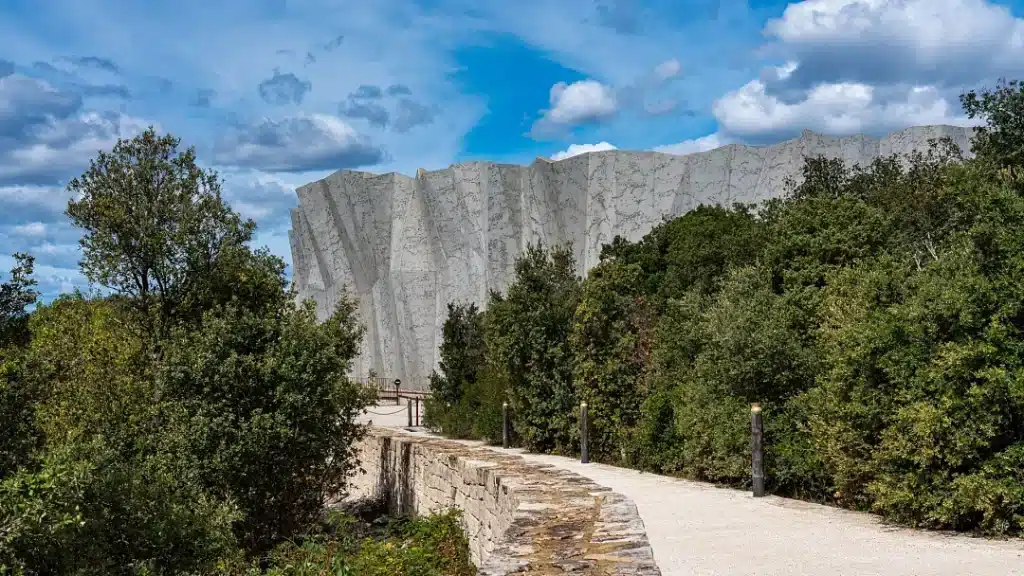When we think of climate change, we often imagine rising temperatures, melting glaciers, or forest fires. But there is another I wait of this crisis which risks going unnoticed: the threat that the climate change represents some of the most precious cultural and natural sites in the world, recognized as world heritage by theUnesco. What if those places that tell us the history of humanity or that preserve extraordinary natural wonders were destroyed?
Europe’s Endangered Sites: A Heritage to Save
The Engelsberg Ironworks in Sweden, one of the Testimonies best preserved of European industrialization, are currently among the most threatened places in Europe. With the constant risk of flooding, this historic site, dating back to the 17th century, is a example tangible of how climate change may erase centuries of history. But it is not the only one.
There Chauvet Cave – Pont d’Arc in France, which houses the oldest and best-preserved figurative drawings in the world, is ranked sixth on the global list of sites at risk. Floods and landslides could devastate this precious window into humanity’s past, putting an end to the preservation of an artistic heritage that has endured for over 32,000 years.
And what about the Jungfrau-Aletsch region in the Swiss Alps, home to the largest glacier in Europe? This breathtaking place, which attracts thousands of tourists every year, could be disappear under water if we do not intervene to mitigate the risks associated with climate change.
The Global Threat: Not Just in Europe
It’s not just Europe that is in danger. Iconic places like the Sydney Opera House in Australia oh western norwegian fjords they are also in the list ofThe 50 Most Threatened World Sitesaccording to a new analysis by Climate X. Floods, storms and droughts could compromise these monuments, putting at risk not only their beauty, but also the local economies that depend on tourism.

The situation is equally serious in Asia. The Doñana National Park in Spain, an important wetland and a sanctuary for many species of migratory birds, is already facing serious problems related to drought. If nothing is done quicklythese wetlands could dry up completely, with devastating consequences for biodiversity.
An uncertain, but not inevitable future
And you, what do you think? Can we afford to lose these precious world heritage sites? Climate X data offers a stark warning: if we don’t drastically reduce greenhouse gas emissions, we risk saying goodbye to these places by 2050.
The loss of these sites is not just a question cultural or aesthetic; it is a problem that affects local communities and the economies that depend on them. And if these places would disappearwhat would we tell future generations? That we let them vanish without fighting to protect them?
We cannot afford to ignore these signs. Governments, conservationists and the global community must act now to safeguard our heritage and natural resources. Every site lost is a piece of history and culture that we can never recover.
Keep following us on iCrewPlay to stay up to date on the challenges and opportunities related to the conservation of our world heritage. The protection of ours past is the key to ensuring a future sustainable.
#World #Heritage #Attack #Climate #Change #Threatens #Historic #Sites
